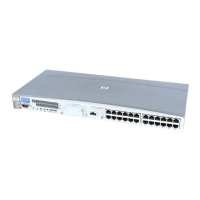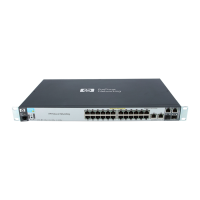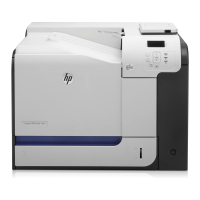TCP Error Messages
NonStop Pathway/iTS Management Programming Manual—426749-002
12-29
Error-Message Range 3000 Through 3999
Effect. Unsolicited messages are rejected.
Recovery. The ZINFO field of the STATUS TERM display specifies the number of
unsolicited messages that were rejected. Restart the terminal and resend the
unsolicited messages.
3140: ZPWY-ERR-TCP-ROUTIO
A file-system error occurred during an I/O operation to the router process performed by
the terminal control process (TCP) on behalf of the specified TERM object.
This error does not appear in the RETCODE token or in an error list; it appears only in
response to a STATUS TCP or STATUS TERM command.
Effect. The I/O operation fails and the TERM object is aborted.
Recovery. Ensure that the router process is running. Then stop and restart the TERM
object.
3141: ZPWY-ERR-TCP-SOCKERR
A TCP/IP file-system error occurred during a socket function call performed by the
terminal control process (TCP) on behalf of the specified TERM object.
This error does not appear in the RETCODE token or in an error list; it appears only in
response to a STATUS TCP or STATUS TERM command.
Effect. The socket function call fails; however, the TERM object is not aborted or
stopped. The TCP issues a new connection request to the router process.
Recovery. Informational message only; no corrective action is needed.
3142: ZPWY-ERR-TCP-ROUTRTCPLIM
A newly created terminal control process (TCP) sent its first “waiting for connection”
request to the router process on behalf of the specified TERM object. However, the
router could not handle the request because it was already servicing the maximum
number of TCP processes (800).
This error does not appear in the RETCODE token or in an error list; it appears only in
response to a STATUS TCP or STATUS TERM command.
Effect. All the TERM objects configured under the TCP that made the “waiting for
connection” request are aborted.
Recovery. Change the FILE attribute of each of the suspended TERM objects to point
to another router process. Then stop and restart the TERM objects.
